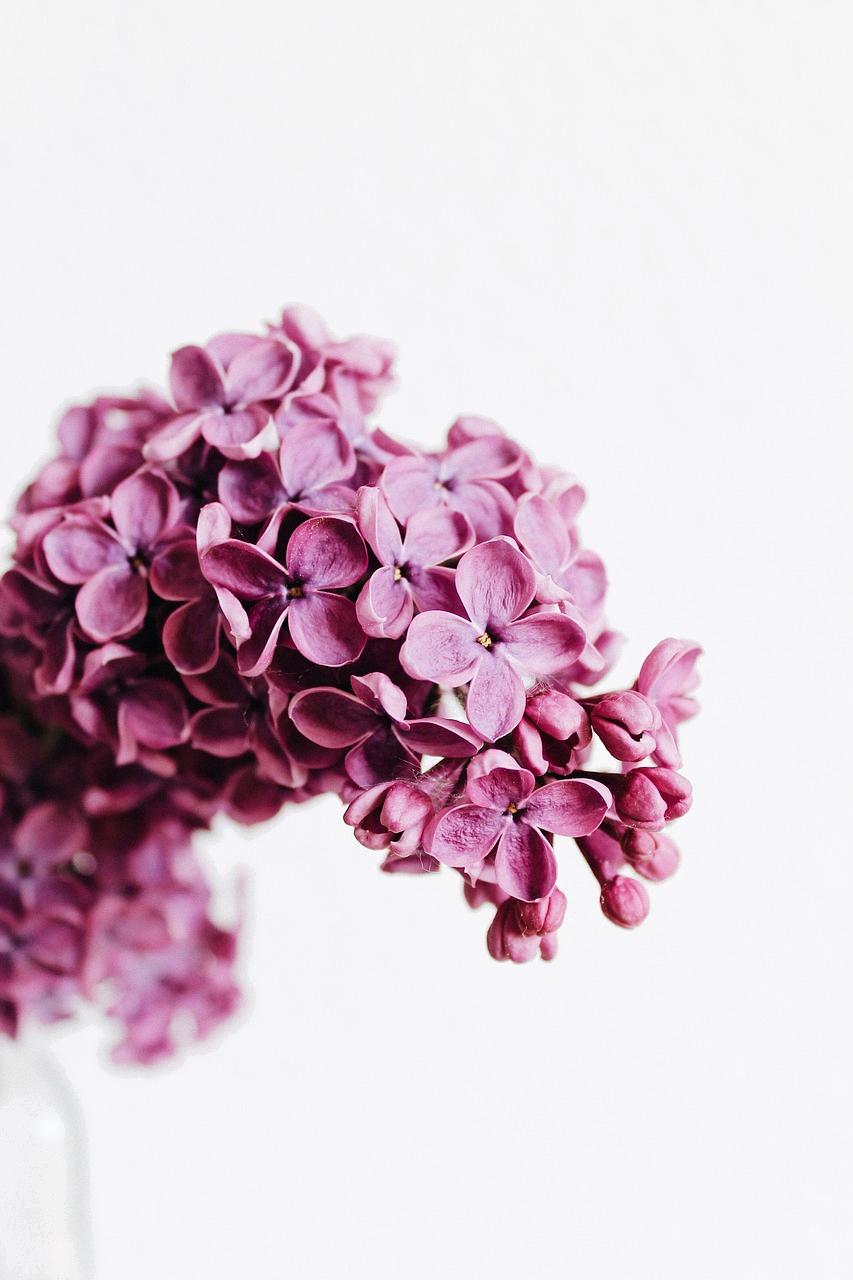When you think about lilacs, the first image that comes to mind is likely the stunning clusters of delicate flowers adorning the branches. But the beauty of lilacs extends far beyond their blooms. Let’s delve into the characteristics that define the appearance of these beloved flowering shrubs.
Lilac Leaves
Lilac plants exhibit deciduous growth, which means they shed their leaves seasonally. The leaves are typically deep green in color and are arranged opposite each other along the stems. Their shape can vary from simple with entire margins to lobed or compound, depending on the specific species.
Lilac Flowers
One of the most striking features of lilacs is their flowers. These blooms consist of four petals and are known for their pleasant fragrance. Lilac flowers are clustered together in large, oval-shaped inflorescences, creating a breathtaking display of color when in full bloom.
Lilac Fruit
After the flowers have faded, lilacs produce fruit in the form of a leathery capsule. While not as visually striking as the flowers themselves, these capsules add an interesting element to the overall appearance of the plant. They can vary in size and color depending on the species.
Lilac Colors
While lilacs are commonly associated with shades of purple, ranging from pale lavender to deep violet, they can also be found in an array of other colors. Some lilac varieties produce white, pink, blue, or even yellow flowers, adding diversity to the color palette of these plants.
Lilac Branches
The branches of a lilac plant are woody and usually have a relatively smooth texture. They form an intricate network of stems that give the plant its structure and support the abundance of leaves and flowers that adorn it. Pruning the branches can help shape the plant and promote healthy growth.
Lilac Size
Depending on the species and variety, lilac plants can vary significantly in size. Some cultivars remain relatively compact, reaching only a few feet in height, while others can grow into large shrubs or small trees, towering over the landscape. Consider the available space when choosing a lilac for your garden.
Lilac Growth Habit
Lilacs have a bushy growth habit, with multiple stems emerging from the base of the plant. This dense growth pattern contributes to the full and lush appearance that makes lilacs so visually appealing. Regular pruning can help maintain a neat and tidy shape.
Lilac Seasonality
Lilacs are known for their captivating spring blooms that mark the arrival of the growing season. These flowers typically last for a few weeks, filling the air with their sweet fragrance and attracting pollinators. After flowering, lilacs focus on leaf growth and fruit development throughout the summer.
Lilac Landscape Uses
Due to their ornamental beauty and delightful fragrance, lilacs are popular choices for landscaping. They can be planted as standalone specimens, used in mixed borders, or incorporated into hedgerows for added privacy and aesthetics. Lilacs are versatile plants that thrive in various garden styles.
Lilac Symbolism
Beyond their physical appearance, lilacs hold symbolic meaning in different cultures. These flowers are often associated with love, romance, and renewal, making them a popular choice for weddings and other celebratory occasions. In the language of flowers, lilacs convey emotions of purity and youthful innocence.
In Conclusion
Now that we’ve explored the various aspects of what lilacs look like, you have a deeper appreciation for the visual allure of these charming plants. From their vibrant flowers to their lush foliage, lilacs offer a captivating presence that enhances any outdoor space. Whether you admire them for their beauty or their symbolic significance, lilacs continue to hold a special place in our hearts and gardens.

